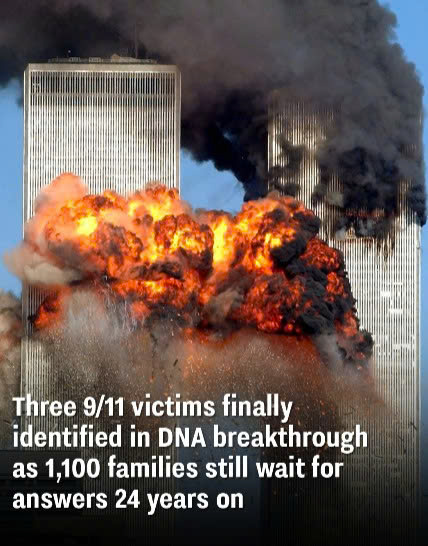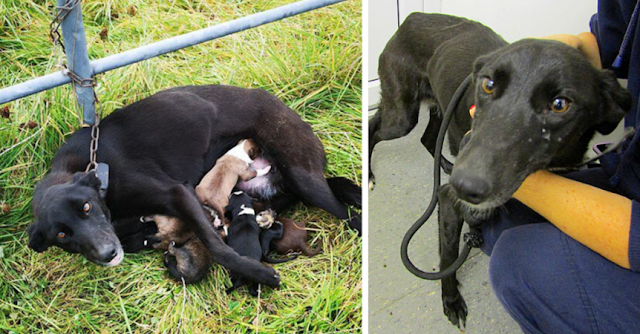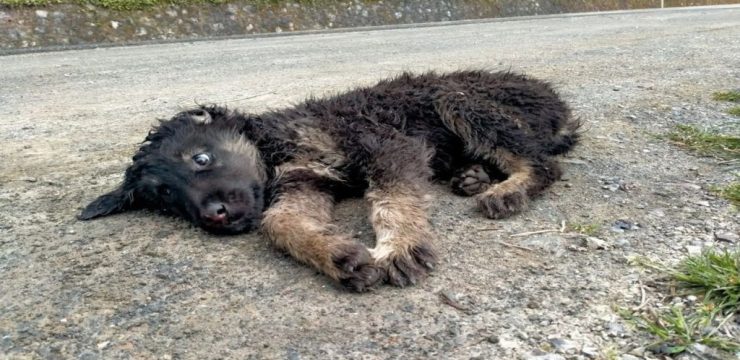Nearly twenty-four years after the September 11, 2001 terrorist attacks, three more victims have been identified through advanced DNA testing, offering long-awaited closure to families while reminding the world of the ongoing effort to honor those lost. The attacks remain the deadliest act of terrorism in history, claiming 2,976 lives when Al-Qaeda carried out four coordinated hijackings. Two planes struck the Twin Towers in New York City, one hit the Pentagon, and a fourth, believed to be targeting Washington, D.C., crashed in Pennsylvania after passengers bravely fought back.

In the immediate aftermath, recovery teams worked tirelessly to locate and identify victims, but the sheer devastation left many families without answers. To this day, about 1,100 victims—nearly 40 percent—remain unidentified. On August 7, 2025, New York City’s Office of the Chief Medical Examiner (OCME) announced three additional identifications made possible by breakthroughs in DNA technology and ongoing collaboration with families.
The newly identified victims are Ryan Fitzgerald of Floral Park, New York, Barbara Keating of Palm Springs, California, and an adult woman whose name remains private at her family’s request. Their identifications mark the 1,651st, 1,652nd, and 1,653rd confirmations in the decades-long process. These are the first new identifications since January 2024, demonstrating the slow but steady progress of this historic forensic effort.
Ryan Fitzgerald was only 26 years old when he died. According to his obituary, he had just begun working at Fiduciary Trust on the foreign currency exchange desk and had recently moved to Manhattan to start life on his own. Although his remains were recovered in 2002, only now could his identity be confirmed through enhanced DNA methods.
Barbara Keating, age 72, was a grandmother traveling aboard American Airlines Flight 11, which struck the North Tower of the World Trade Center. Her remains, first recovered in 2001, were confirmed thanks to the same advanced testing. The third victim, an adult woman, has also been positively identified, though her family has chosen to keep her name private—a decision that highlights the deeply personal grief that still lingers after nearly a quarter of a century.
In response to the announcement, New York City Mayor Eric Adams acknowledged both the pain and the significance of the moment. “The pain of losing a loved one in the September 11th terror attacks echoes across the decades, but with these three new identifications, we take a step forward in comforting the family members still aching from that day,” Adams said.
Chief Medical Examiner Dr. Jason Graham emphasized the city’s dedication to families, stating, “Nearly 25 years after the disaster at the World Trade Center, our commitment to identify the missing and return them to their loved ones stands as strong as ever. Each new identification testifies to the promise of science and sustained outreach to families despite the passage of time. We continue this work as our way of honoring the lost.”
The identification process has been one of the most complex forensic investigations in history. Many remains were fragmented, burned, or otherwise damaged, making recovery and testing a monumental task. While hundreds of victims were identified in the first few years after 9/11, progress slowed as technology reached its limits. In recent years, however, advances in DNA analysis have made it possible to confirm identities once thought impossible, offering hope to the more than one thousand families still waiting.
These latest identifications not only provide comfort to the families of Fitzgerald, Keating, and the unnamed woman, but also serve as a reminder that the legacy of 9/11 is not confined to history books. It lives on in the grief, resilience, and ongoing search for closure among thousands of loved ones. Each breakthrough represents both a scientific milestone and a deeply human victory, ensuring that the promise to never forget continues to be honored nearly a quarter-century later.





